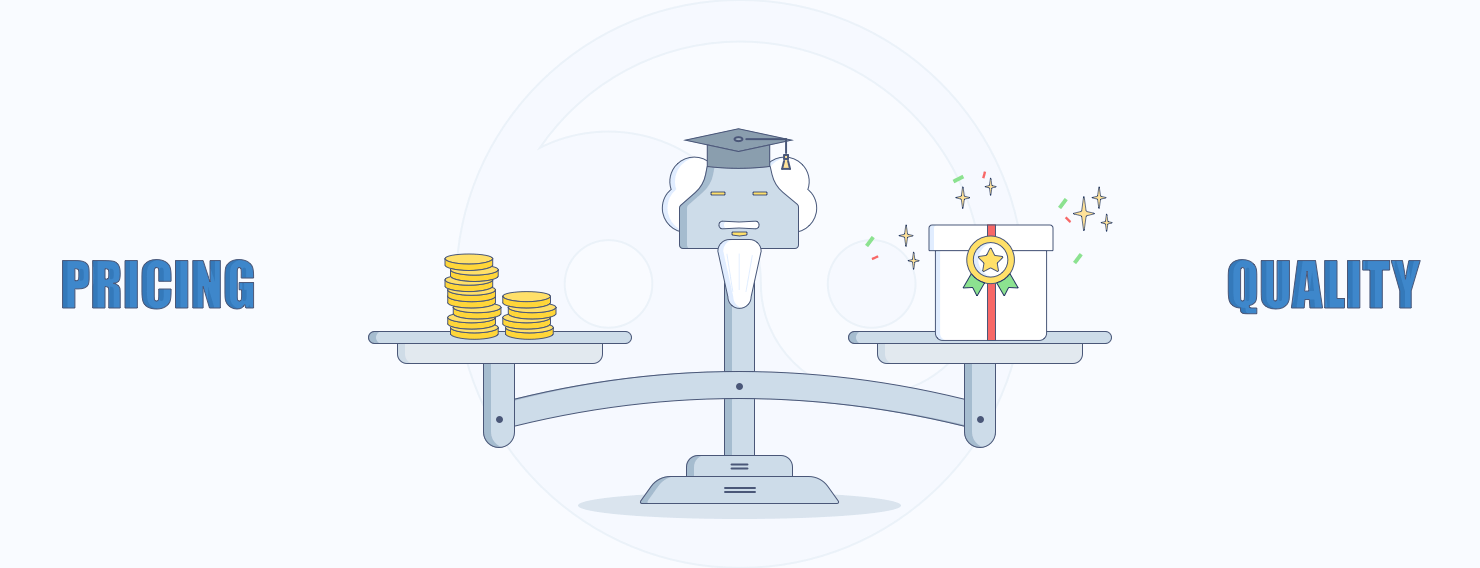

Practical Engineering, Process, And Reliability Statistics Articles The Certified Reliability Engineer Handbook

You can also search articles, case studies, and publications for reliability resources. Reliability = To what level has said object maintained this level of quality over time?.Quality = Does the object perform its intended function? If so, how well does it perform its intended function?.If this car continues to meet this criterion for several years, and performs well and remains safe even when driven in inclement weather, it may be considered reliable.Īsking a few key questions can help one determine the difference between both quality and reliability: Reliability has sometimes been classified as "how quality changes over time." The difference between quality and reliability is that quality shows how well an object performs its proper function, while reliability shows how well this object maintains its original level of quality over time, through various conditions.įor example, a quality vehicle that is safe, fuel efficient, and easy to operate may be considered high quality. "This car is under warranty for 40,000 miles or 3 years, whichever comes first.".Stated another way, reliability can be seen as:Ĭommon examples of product reliability statements or guarantees include: Specified conditions: for example, temperature, speed, or pressure.Specific period of time: minutes, days, months, or number of cycles.Satisfactory: perform according to a specification, with an acceptable degree of compliance.Intended function: for example, to light, cut, rotate, or heat.Probability: the likelihood of mission success.The most important components of this definition must be clearly understood to fully know how reliability in a product or service is established: Reliability is defined as the probability that a product, system, or service will perform its intended function adequately for a specified period of time, or will operate in a defined environment without failure.


 0 kommentar(er)
0 kommentar(er)
